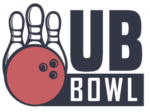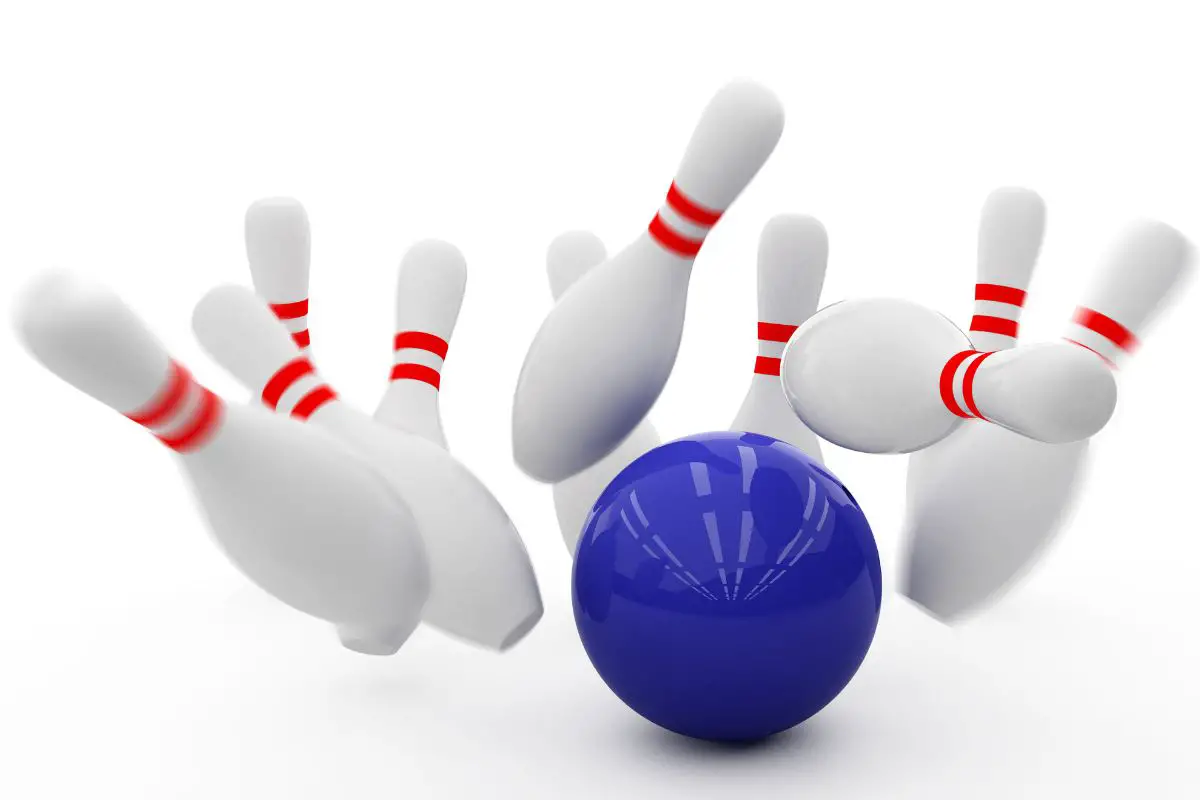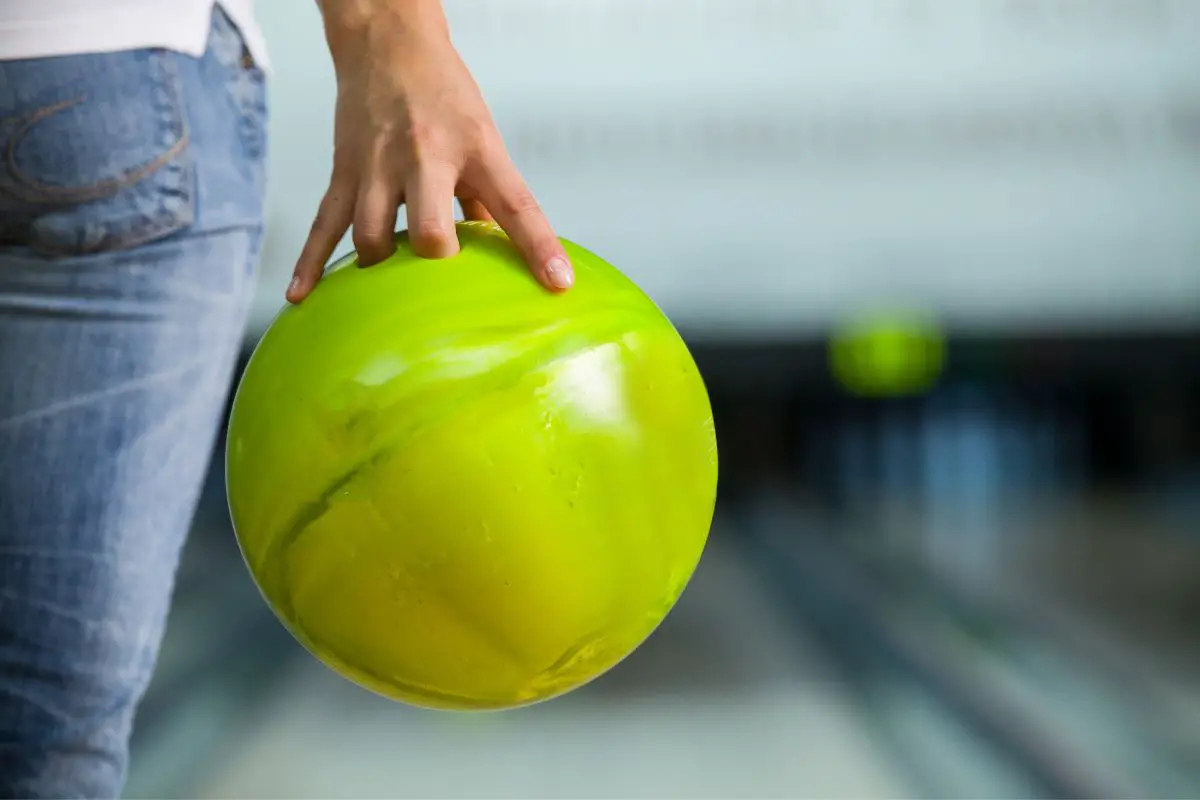Bowling balls have never been easier to use and get the hang of, with their three-holed design and a huge variety of weights, they are specifically made for accessibility and ensure anyone can join in on the bowling fun.

There are certain steps a player can take to step up their game however whether this be in a casual setting, or if you are looking towards tournaments to test your skills.
One technique that is vital for making an accurate throw is knowing how to release a bowling ball, and how the ball will react in accordance with each release.
This is important because depending on the type of bowling you’re playing, the weight of the ball, and even how much oil is on the lane, certain releases can be more suitable than others, so to learn more here is all you need to know about releasing a bowling ball.
Why Is The Release Important?
The way you release the ball can make or break a shot in bowling. If a ball is released too soon, it is most likely to roll slowly and will usually drive straight into the gutter and miss its target completely.
In contrast, when thrown too late a ball can land unevenly on the surface and begin to skid, or even worse, the ball can flick up into the air and gain no speed when it rolls.
These mistakes can be very commonly made by beginners just starting out with bowling or playing it casually, and while it is certainly nothing to be ashamed of, it can be well worth knowing the best way to release a ball as it will make your scores far more consistent.
Straight Throw
A straight throw is the most common throw in bowling but this is for good reason since they can be the most reliable way to score a strike when done correctly.
Straight shots are extremely useful if the lane is ‘wet’ and has a good amount of oil on it since it can allow the ball to have a small hook while it travels.
To release for a straight throw, use your dominant hand to hold the ball up at chest level and try to keep a relaxed grip in the three holes.
A softer grip is a great way to achieve a straight trajectory by discouraging a hook from being too curved.
Next, keep your eyes on the pins, and begin the backswing by extending your arm while making sure that your hands are completely steady and straight so the throw does not stagger.
You will then want to focus on your finger placement. As you release the ball when it’s at ankle level, remove your thumb from the holes first, followed by your index and ring fingers.
The key to a straight throw is just making sure your arms are straight and that you release the ball at ankle level.
It can definitely take a bit of practice to get into the swing of releasing a ball at the right time and giving it enough speed to travel, however, once you get the hang of it you will be darting the ball into ten pins in no time.
Hook Shot

Hook shots are more suited to drier lanes since they can give you more control over the actual curve of the ball rather than it skidding into a side gutter.
The reason bowlers use a hook shot is to give the ball a better angle from the side pockets.
With a straight shot, the throw needs to be incredibly precise in order to hit a strike or spare, however, because of how a hook is thrown it hits the ball with more force and produces quite a bit more power, as long as it is curved properly and not thrown straight into the gutter.
To perform a hook shot, first pick a ball, most will work well however urethane balls work best. Make sure the holes are also about the size of your actual fingers, having them too loose or tight can cause a hook shot to come out poorly.
Hold the ball at chest level, and make sure you have a strong and firm grip on the ball as this is what will allow you to get a good arched path and generate a good and strong hook.
Relax your knees and keep them a little bent while maintaining a slightly inclined posture in the body. With a strong backswing, release the ball when it reaches ankle level for a good amount of power on the throw.
The curve of a hook shot really comes in the release of the fingers, remove your thumb first followed by your index and middle fingers.
As soon as you release the final two fingers, at the same time turn the fingers counterclockwise if you are right-handed, and clockwise if you are left-handed.
This final part does require a bit of practice as tracking properly is vital for getting an accurate hook, however, don’t be afraid to just try getting used to the release and trying to curve a ball as close as you can near the side pockets, as soon as you pull it off once it becomes much easier and is a great technique to know for the future.
Other Considerations
When releasing a ball and practicing it’s also worthwhile to make sure you are at least 4 or 5 steps from the foul line so you can get a good walking motion and avoid large strides as they can easily ruin your momentum and rhythm.
Also pay attention to the marks and arrows, especially when performing a hook shot, as these can guide a player’s balls and make practicing far easier.
Summary
Knowing how to release a ball is incredibly important to improve as a player and can be the deciding factor in certain situations depending on the state of the lane, so it is well worth practicing these techniques and getting used to the required release for each to keep your scores consistent.
- A Comprehensive Guide to the Top Bowling Movies of All Time - December 23, 2023
- Bowling Shoes Selection Guide: How to Choose the Right Fit - September 27, 2023
- Bowling Ball Buying Guide: How to Choose the Right Ball for You - September 23, 2023









